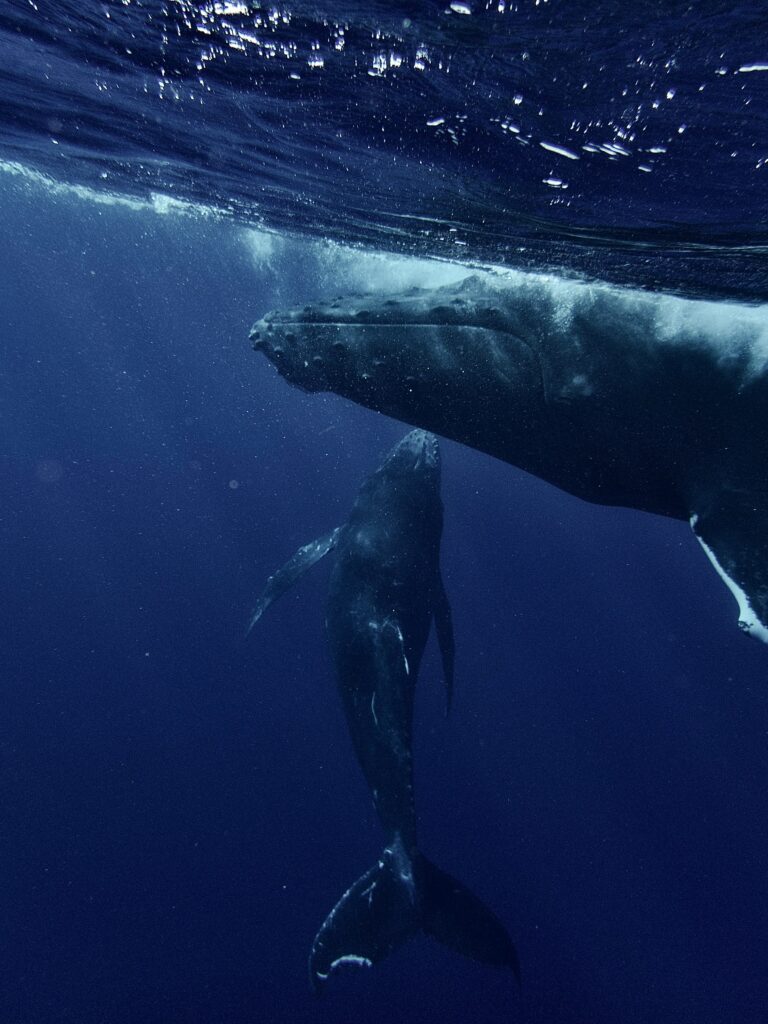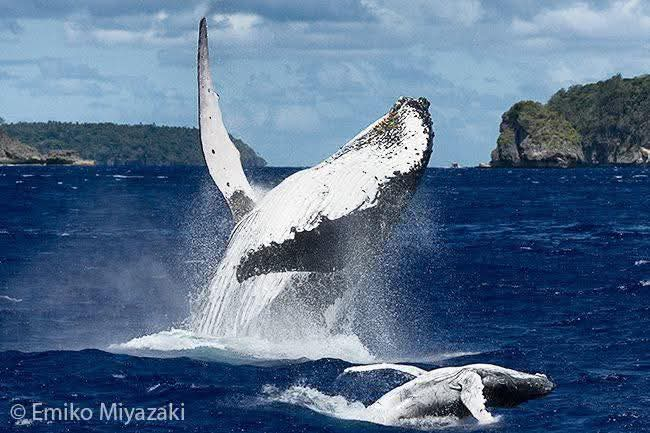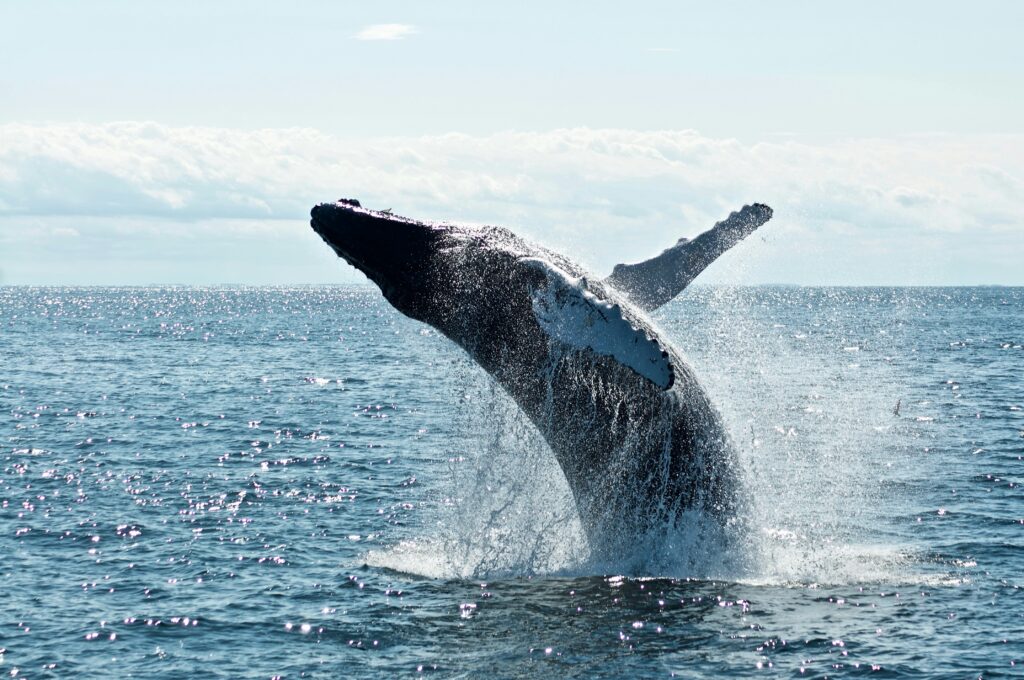These days, if you find yourself near one of the many serene coves along the Pacific Coast, you might be lucky enough to witness a quiet but spectacular natural classroom in session. In the waters south of California, where winter slowly fades and spring knocks on the waves, a new generation of whale calves is learning essential life skills under the careful watch of their mothers.

These calves—born just months ago—are now growing curious and active, beginning to explore their watery world. Like all mammals, whales are warm-blooded and nurse their young. But unlike most mammals, there’s a key difference in how whale births occur: the tail fluke emerges first.
This isn’t a quirk of nature, but a life-saving adaptation. Since whales give birth in the water, if the head were to emerge first and remain submerged for too long, the newborn could drown before taking its first breath. By emerging tail-first, the calf remains connected to its mother’s body longer while its body prepares for its plunge into life. Once fully born, the mother—or in some species, other pod members—rush to push the calf to the surface for its first breath. It’s a critical window; every second counts.

Fast forward a few weeks, and these calves, once so vulnerable, are now entering their playful stage. Just like any young mammal, they are eager to explore—poking, nudging, and investigating floating objects, playfully breaching and diving with wide-eyed wonder.
One of the most fascinating skills they’re learning now is breaching—the iconic leap above the water’s surface that defines so many whale-watching dreams. Breaching is more than just play; it’s believed to help young whales build strength, coordination, and perhaps even develop early communication skills.
- The Wit and Wisdom of Older Women’s Humor
- 10 Gen Z Slang Words You Need to Know
- From Silver Screen to Wild Green: The Real-Life “Rio” Miracle is Happening Now!
- Mount Omuro’s Fiery Secret: The Ancient Ritual That Turns a Volcano Into a Blaze of Glory!
- When the Ocean Falls Silent: The Vanishing Songs of Blue Whales
Teaching calves to breach, however, requires calm, protected waters. That’s why whale mothers often choose these quiet Pacific inlets—places where waves are gentler and dangers are fewer. Despite their massive size, even species like the gray whale or humpback whale become cautious and vigilant when calves are around. The threat from orcas, who prey on young calves, is real and ever-present.
Breaching involves momentarily losing awareness of the surrounding environment—a risky move when predators are near. That’s why these lessons happen in specific, carefully selected bays and coves. It’s a balance between safety and learning, instinct and environment.

Watching a mother and calf breach together is a spectacle that speaks to the deep bonds within the marine world. Hours can pass in wonder as they repeat the leap, again and again, water splashing and sunlight catching on rising backs and tail flukes. This remarkable glimpse into marine parenting is a humbling reminder of the intelligence, care, and grace that flows beneath the waves. So next time you find yourself near the Pacific shore, watch the water closely—you might just witness the making of a mighty breacher.







